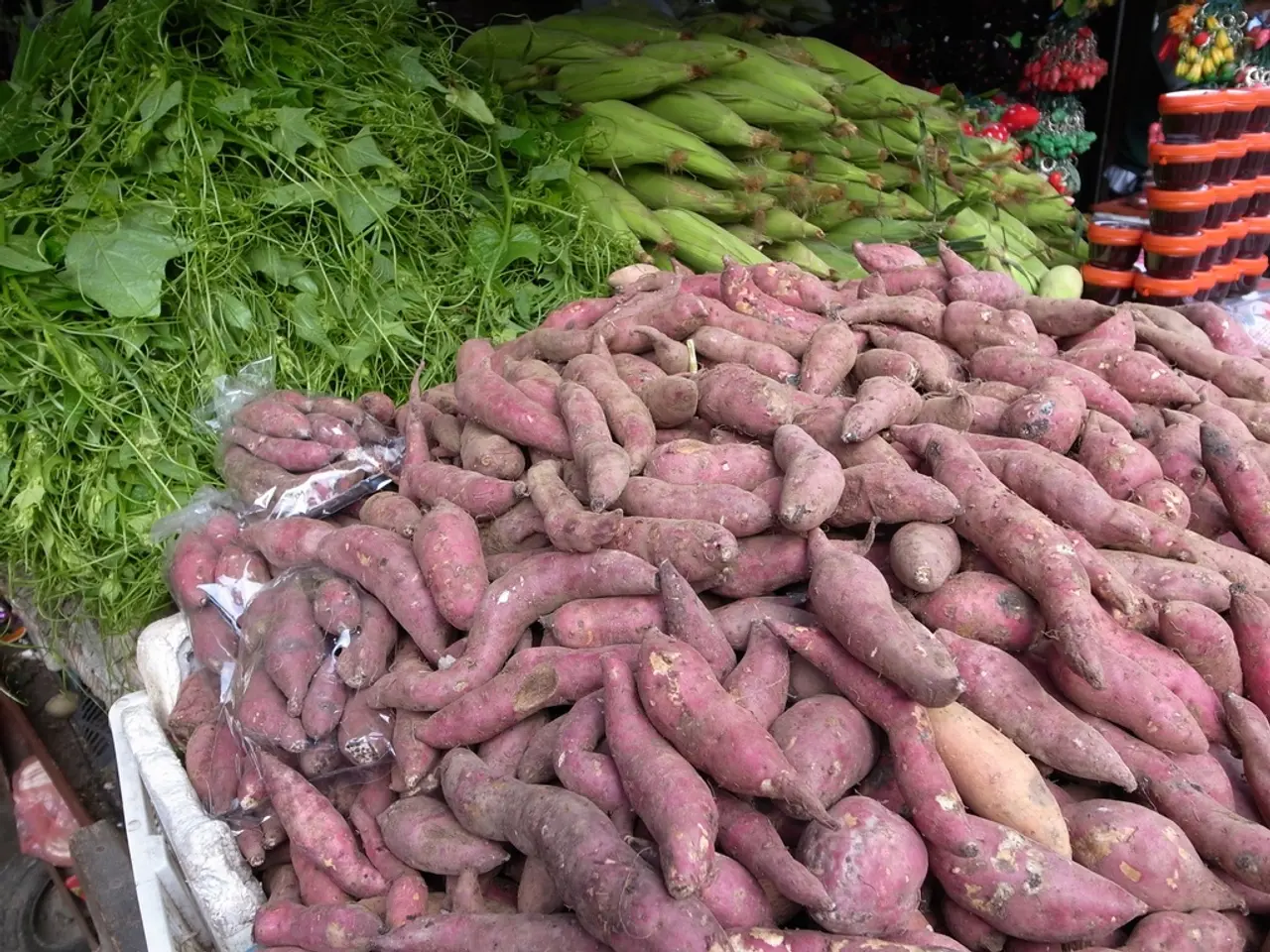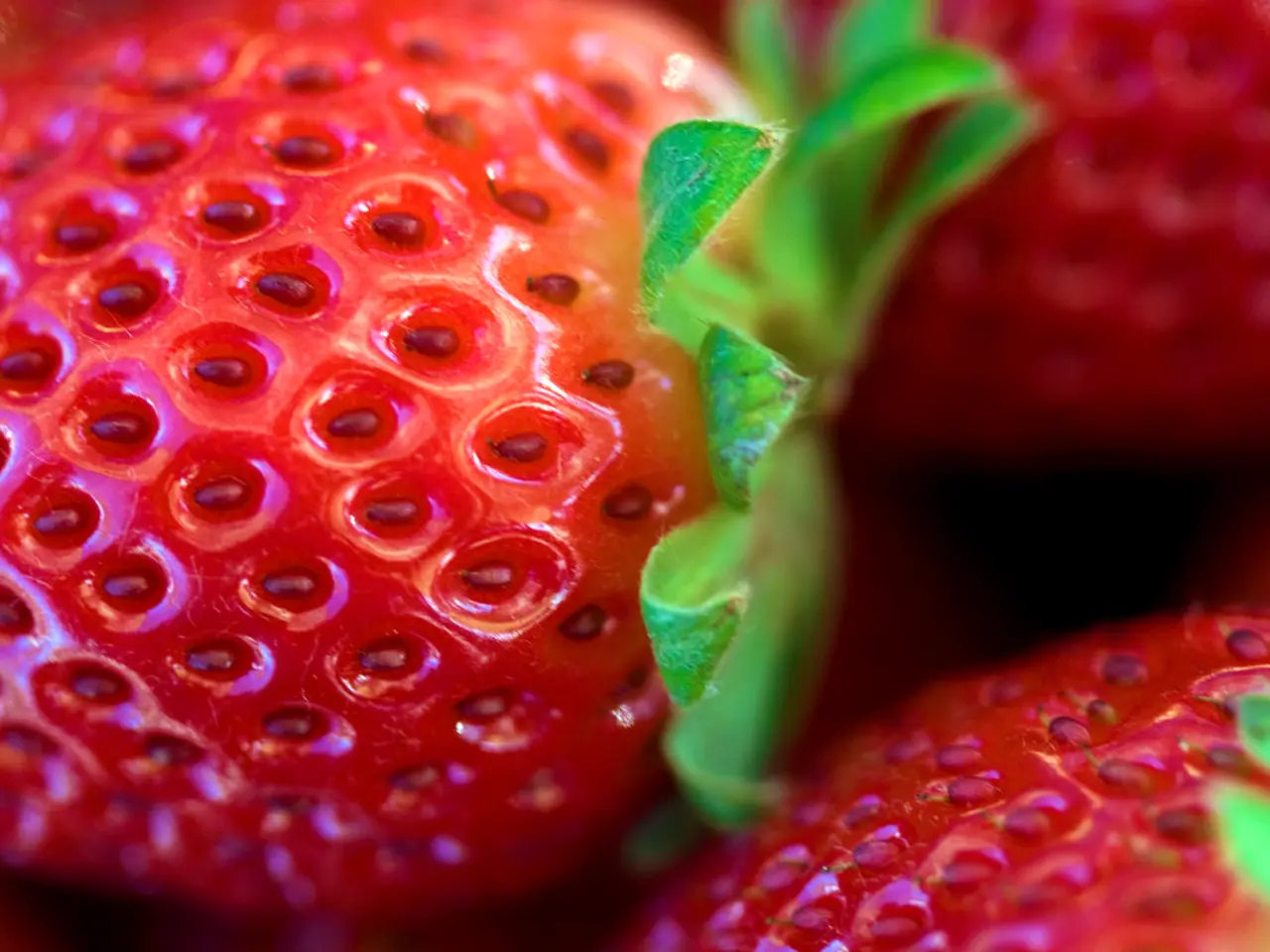Jobs related to June's fruit and vegetable operations
Growing Tips for a Productive June Garden
June is a favourable month for growing food, with long daylight hours, mild nights, and the emergence of sweet strawberries and fresh peas. Here are some useful tips for growing common fruits and vegetables during this period.
Vegetables
- Plant heat-loving vegetables such as peppers, eggplants, okra, melons, and southern peas. You can also sow pumpkins and other winter squash for an autumn harvest.
- Thin seedlings like carrots carefully, firm soil around remaining plants, and dispose of thinned plants to deter pests such as carrot root fly.
- Use supports and tie in climbing plants such as sweet peas, beans, and cucumbers to prevent stems from breaking and to promote healthy growth.
- Continue practices like earthing up potatoes and scrape soil away from shallots as their bulbs start to swell to expose them to warmth and light.
- Pinch out sideshoots on cordon tomatoes for ripe, delicious fruits.
- Protect French bean seedlings with compost, sharp grit, stones, or organic slug pellets.
- Water crops in pots carefully, as the top layer of compost often dries out quickly.
Fruits
- Thin out fruits on apple and pear trees for large, fully-formed fruits. Leave them every 10-15cm, or more for larger fruits like 'Bramley's Seedling'.
- Gooseberries should be picked when they have some give, as picking them too early can result in overly sour fruits. Protect them with netting to prevent birds from stealing them.
- Picking strawberries is a family-friendly activity in June, provided netting is used to protect the plants. When harvesting, pick off any rotten fruits and protect promising clusters from wet soil.
- Green gooseberries with a golden tinge are likely to be sweet.
Herbs
Planting heat-tolerant herbs like basil, rosemary, and oregano can thrive in June’s warmth. Incorporating herbs with vegetables can also provide companion planting benefits.
General Tips
- Mulch around shrubs, flowers, and vegetables to retain moisture and suppress weeds, but avoid piling mulch close to stems or trunks to prevent rot.
- Water thoroughly early in the day during dry spells, giving plants a deep soak two to three times a week rather than daily light watering, to encourage deeper root growth and conserve water.
- Monitor heat stress, which can cause blossom drop or sunscald on fruiting plants like tomatoes and peppers. Provide temporary shade with shade cloths or other covers to protect plants during extreme heat.
- Recycling plant pots can also be done by visiting recyclenow.com and entering your postcode. Using the same pots and trays for second batches of crops can save resources, similar to using the same mug for tea. Local plant pot recycling schemes can be found at many Dobbies Garden Centres.
- Add a half-strength high potassium liquid plant food into your watering can each time you water.
Harvesting new potatoes too early may result in small tubers, but leaving them in the ground longer will produce larger, less flavorful tubers. When harvesting lettuces, gently twist them off the plant, preferably on a dry day. Sow cut-and-come-again lettuce leaves once a fortnight, if you're not fussed about the lettuces 'hearting up' and being crunchy. Sow French beans early in the month for a quick growth to mature plants and beans. Sow two seeds to a module and grow a small batch of lettuces in cell trays or buy a small number of plants to plant out a new batch every couple of weeks.
- To enhance your lifestyle and dining experience, consider growing a variety of food-and-drink options in your June garden, such as sweet strawberries, fresh peas, and home-grown herbs like basil, rosemary, and oregano.
- For a harmonious home-and-garden ambiance, consider implementing practices like mulching and companion planting, which not only retain moisture and suppress weeds but also create a visually appealing and productive garden space.




